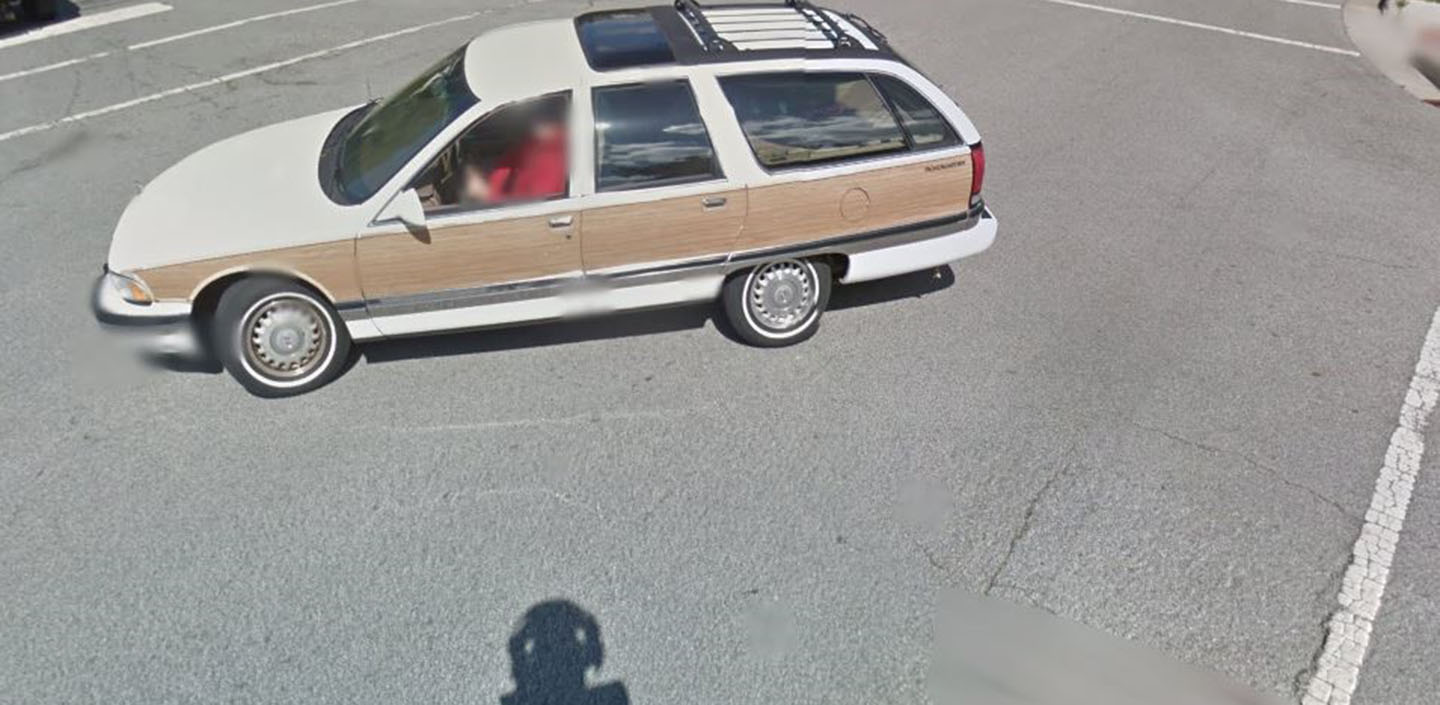By DON WALKER, Designated Contributor
By the time Neil Armstrong said “the Eagle has landed” on the surface of the Moon in July 1969, Earthlings John and Elizabeth Liesenfelt were already six years entrenched in one of the oldest settlements of northern Lake County, Indiana. Some 225,600-plus miles from the lunar surface, the Liesenfelts had established a familial foothold in the steely heart of the Rust Belt.
It was here in Hammond, a town situated on the shoreline of Lake Michigan, that German farmers had made their own “small step for man” more than a century earlier. One could argue their accomplishment was no less significant than that of an Apollo astronaut’s. Uncharted territory, whether in a far-flung region of Indiana or a galaxy far, far away, is alien and affords no guarantee of life-sustaining amenities, no promise of survival, and no tether to restrict the gravitational forces of everyday demands like holding down a job, raising a family and paying one’s bills on time.
Apollo 11 touched down on a hardpan Moon surface known as the “Sea of Tranquility.” But here on Planet Earth, the wintry ice that forms on Lake Michigan helped Detroit butcher and meat-packing pioneer George Hammond etch a legacy in blood from slaughtered cattle. Chipped ice from the lake was used for shipping meat by rail to the East Coast, and Hammond’s packing plants soon dipped carnivorously into the beefy profits of his competition, the Union Stock Yard in Chicago. Slaughterhouses and sausage-makers fed the town’s rapid growth, but when the Hammond Packing Company burned to the ground in 1901, steel industries and the railroad quickly rolled in and became Hammond’s economic backbone. By then, just 37 years after the first German farmer stuck a plow in the ground, the town had already grown into a city. Meanwhile, the Moon — 49 years since Neil Armstrong first kicked up some stardust — shines and awes but remains vastly unpopulated.
Lacking astronaut skills and access to machinery needed for space exploration, John Liesenfelt got up every morning and went to work at the local steel mill. It’s where the father of three daughters and three sons retired after a layoff in 1982. Neil Armstrong stopped planet hopping after his historic Moon walk, but after the abrupt end to his steel mill gig John Liesenfelt launched into new Earthly endeavors. He landed a job as a security guard and, later on, worked as a crossing guard for a local elementary school. He spent an entire lifetime exploring the space that is Hammond, where his final mission was helping children safely maneuver their way home from school.
“I guess we all like to be recognized not for one piece of fireworks, but for the ledger of our daily work.” Neil Armstrong said that; John Liesenfelt lived it.
There were two planets between them, and yet Neil Armstrong and John Liesenfelt were anything but worlds apart.
Like Neil Armstrong, John Liesenfelt passed away in 2012 — Armstrong was 82; Liesenfelt was 77.
They were military veterans – Armstrong served in the Navy; Liesenfelt served in the Army. Both men served their country during the Korean Conflict.
One day, when the Moon gets populated by meat-packers and steel mill workers, there will undoubtedly be more who live the life of a “John Liesenfelt,” just as there assuredly will be other “Neil Armstrongs” launched into the hinterlands of our solar system. The heavier the rocket, the more steel involved.
Scholastic achievements aside, his service to the country duly recognized, and the sum parts of his lifetime of accomplishments remarkable and noteworthy, Neil Armstrong’s legacy is that he was the first man – and the first of 12 – who would stub a toe on the surface of the Moon.
Meanwhile, John Liesenfelt was one of about 80,000 people who made up the population of Hammond, Indiana. He was a good family man, a Chicago Bears fan, he was the “life of the party,” and he loved to fly model airplanes. As easily as he blended into the fabric of the Hoosier State, John Liesenfelt also seemed at ease in the state of being unknown.
In the solitude of outer space, looking out the curved window of the Lunar Module, Neil Armstrong discovered his place in the universe. It was his pinnacle moment in the state of awareness: “It suddenly struck me that that tiny pea, pretty and blue, was the Earth. I put up my thumb and shut one eye, and my thumb blotted out the planet Earth. I didn’t feel like a giant. I felt very, very small.”
It is, in fact, a small, small, small, small world, and John Liesenfelt, a collector of Disney memorabilia, would acknowledge that.
And John Liesenfelt’s grown son, Jim Liesenfelt, realized that as well when he did a www.GoogleEarth.com search for his boyhood home one day while at his office in Florida. He entered “7105 Arizona Avenue” into the computer on his desk and zoomed in — seemingly from deep space — to Hammond, Indiana, and a modest wood-frame home shaded by a towering silver maple tree that Jim Liesenfelt planted as a teenager. His Mom, Elizabeth Liesenfelt, still lives there.
After studying the image momentarily, Jim Liesenfelt shifted the street-level camera angle to Arizona Avenue’s intersection with 171st Street. And there it was, as if frozen in the space of time: a white wood-paneled Buick Roadmaster with John Liesenfelt in the driver’s seat, making a left turn through the heart of the intersection. It was the focal point of the Google Earth cameraman, whose silhouette is visible at the bottom of the picture.
“There he is with his red Hoosier shirt on, ever loyal,” Jim Liesenfelt said, referring to the fuzzy image of his Dad, visible through an open window. “It looks like mid-afternoon, so he was likely on his way to his job as a crossing guard.”
When explaining how it was that he became the first to step foot on the Moon, Neil Armstrong said his primary role was to merely command the Apollo 11 mission. “Circumstance put me in that particular role,” he said. “That wasn’t planned by anyone.”
Jim Liesenfelt called it “dumb luck” that he happened across the time-stamped photo of his Dad which was dated “September 2011.” His Dad passed away 14 months later but, by that time, the image of John Liesenfelt embarking on a daily mission in his Buick Roadmaster had been immortalized on Google Earth.
-30-

